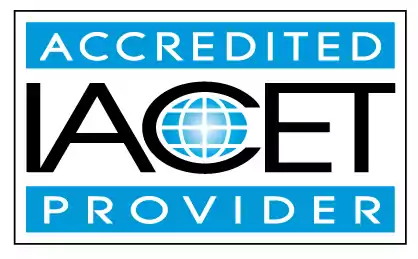Distinguish appropriate indoor safety concerns
Our page is dedicated to distinguishing appropriate indoor safety concerns in the domain areas of early childhood education and child care centers. We also provide information on distinguishing appropriate outdoor safety concerns. Explore our comprehensive resources to ensure a safe environment for children both indoors and outdoors.Trainings incorporating this outcome
CDA Subject Areas
Proficiency Level
120 hours courses
102 hours courses
45 hours courses
35 hours courses
32 hours courses
24 hours courses
16 hours courses
10 hours courses
5 hours courses
3 hours courses
2 hours courses
Related Outcomes
- Distinguish appropriate outdoor safety concerns
- Explain appropriate indoor safety concerns
- Distinguish appropriate outdoor safety concerns.
- Explain appropriate outdoor safety concerns.
- Distinguish appropriate professional and ethical activities in workplace
- Demonstrate understand developmentally appropriate practices for school-age children with developmental, emotional, cognitive, language and/or physical needs
- Give examples of developmentally appropriate musical activities for children.
- Identify examples of appropriate activities for different ages.
- Identify appropriate practice for the identification, prevention, and treatment of communicable diseases in childcare.
- Give examples of appropriate sensory activities for preschool-age children.
- Explain appropriate practices for the identification, prevention, and treatment of communicable diseases in childcare
- Students will be able to distinguish ways to translate complaints and criticisms into requests
- Identify the requirements of an appropriate environment that will promote free exploration and manipulation.
- Demonstrate an understanding of how to develop appropriate daily schedules that promote routines. (1 hr)
- Identify strategies to assist children with food allergies/feeding concerns
- Demonstrate an understanding of appropriate supervision for all children’s activities.
- Identify appropriate activities for children birth through age three
- Identify criteria that should be considered when choosing appropriate transition activities
- Demonstrate understanding of how appropriate material and equipment promotes play
- Explain appropriate supervision practices for children during transportation and field trips.
Related Articles
- Health and Safety Requirements for Connecticut
- Basic Health and Safety: The Must-Know Training for Childcare Professionals
- Upcoming Basic Health & Safety and Breastfeeding Awareness training
- Fun, superhero-themed lessons to teach kids about body awareness & safety
- Basic Health and Safety Training for Child Care Providers
- The Ultimate Playground Safety Checklist: Keeping Kids Safe
- The Importance of Health and Safety Training
- Social Media Usage in Children: Risks and Safety Tips
- Back-to-School Safety Special: Save $15 on First Aid & CPR Training Blended
- Spooktacular CPR Safety: No Trick and All Treat for Childcare Providers and Teachers
- What Parents and Educators Need to Know About Child Safety
- Basic Health and Safety Training: Essential Skills Every Preschool Teacher Needs
- Why Basic Health and Safety Training Is Crucial for Child Educators
- Basic Health and Safety Training: The Essential Guide for New Child Care
- Mini Medics: Teaching Preschoolers Basic First Aid and Safety Skills Through Play
- Ensuring Classroom Safety: The "1, 2, 3, Eyes on Me" Tool
- How to Start a Daycare and Maintain Health and Safety
- First Aid for Frosty Fingers: Holiday Safety and CPR Tips Every Parent Should Know
- Every Childcare Provider Must Be Trained in Basic Health & Safety
- National School Bus Safety Week
 12 CEUs
12 CEUs